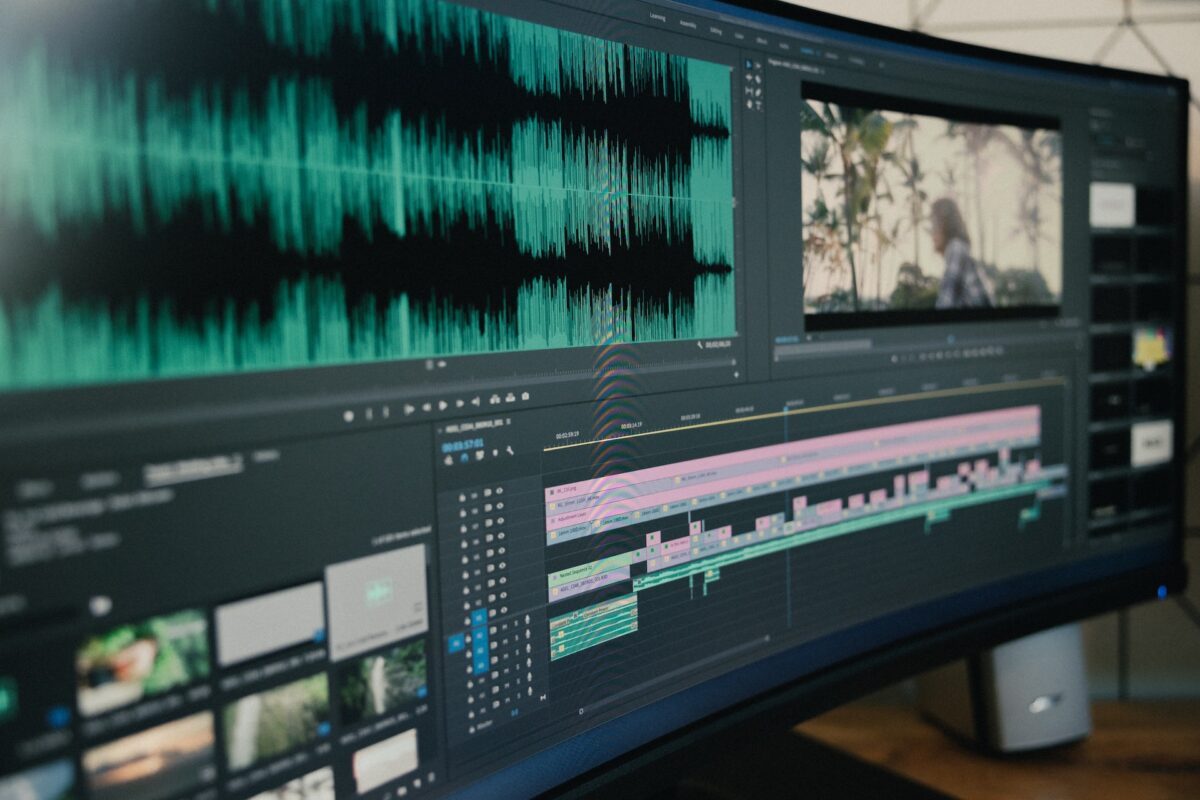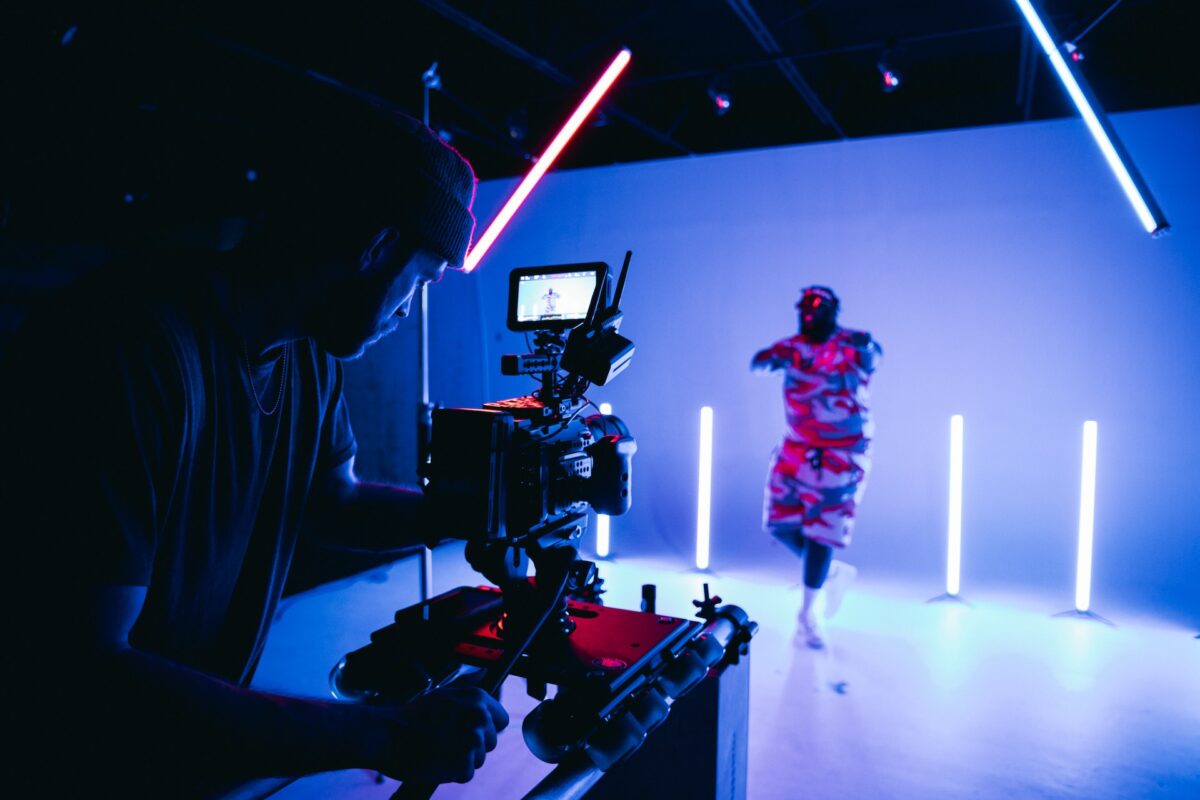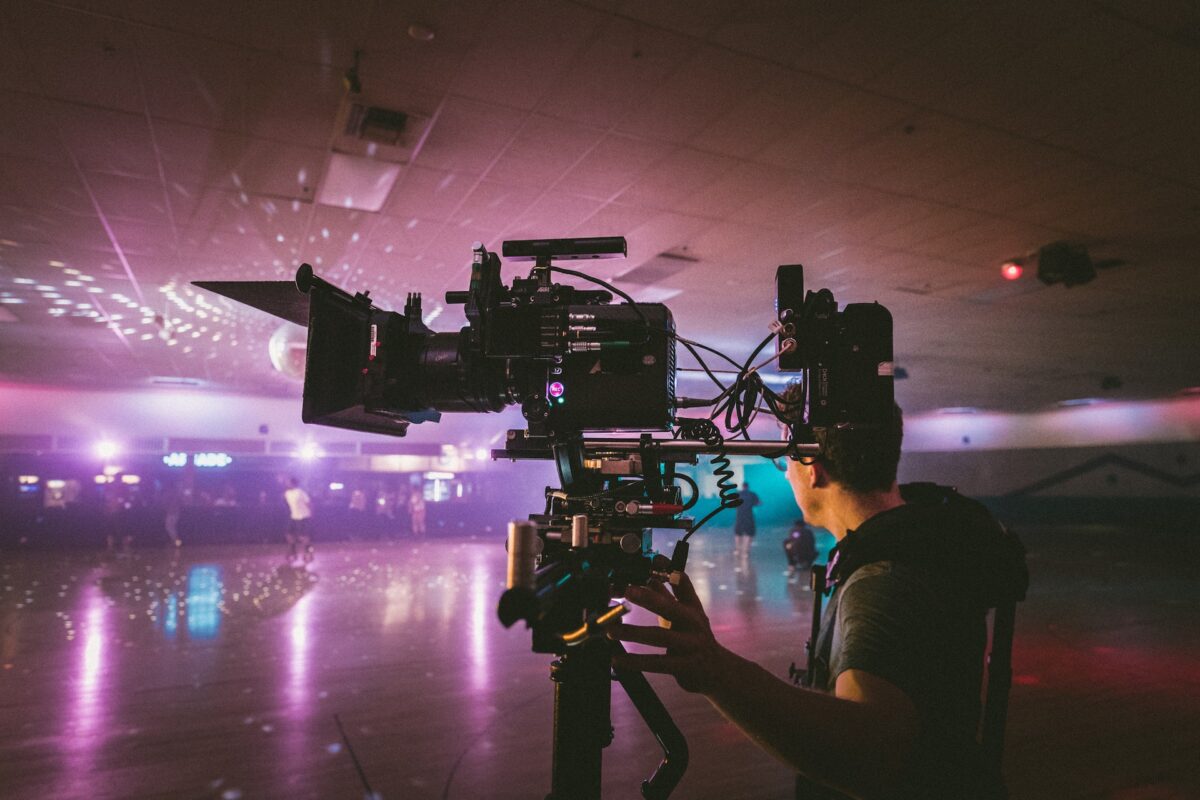In video production, the quality of your output is often directly linked to the condition of your equipment. Just as a chef sharpens their knives or a musician tunes their instrument, anyone involved in video production should prioritize equipment maintenance.
Types of Video Production Equipment
Every video production setup comprises several components, each crucial in its own right:
- Cameras: The cornerstone of video production.
- Lighting equipment: The unsung hero ensuring impeccable visuals.
- Audio equipment: The silent warrior capturing every whisper and roar.
- Stabilization tools: The steady hands behind every smooth shot.
- Miscellaneous: The supporting cast, including cables, batteries, and memory cards.
Perils of Neglecting Maintenance
Imagine setting up for a crucial video production shoot only to find a smudge on your camera lens or a crackling sound in your audio. Such issues arise from:
- Dust and debris clouding lens clarity.
- Battery corrosion jeopardizing power sources.
- Frayed cables causing connectivity chaos.
- Unwanted moisture introducing audio and visual distortions.
- Worn-out tripods and gimbals refusing to stabilize.
Proactive Maintenance Tips for Video Production Equipment
Cameras
- Wipe the lens gently with a microfiber cloth to prevent smudges and scratches.
- Shield with lens caps when not in use.
- Ensure a pristine sensor for the best video production quality.
- Store in environments free from excessive moisture and heat.
Lighting Equipment
- Inspect bulbs and LEDs for optimal performance.
- Maintain the integrity of reflectors and diffusers for consistent lighting.
- Regularly assess cables and connectors for wear and tear.
Audio Equipment
- Keep microphones dust-free with a soft brush.
- Routinely test cables to prevent unexpected audio surprises during video production.
- Use padded cases for storage to minimize damage risks.
Stabilization Tools
- Ensure smooth operations by lubricating moving parts.
- Tighten any loose screws or fasteners.
- Guarantee obstruction-free movement for sliders.
Miscellaneous
- Monitor batteries to prevent leakage disasters.
- Safeguard memory cards from corruption with regular formatting.
- Store cables systematically to avoid tangles and damage.
Environmental Aspect of Equipment Maintenance
Environmental factors play a pivotal role in video production equipment longevity:
- Humidity and moisture can be silent killers for electronic equipment.
- Temperature-controlled storage can significantly extend equipment life.
- When shooting outdoors, always be prepared for unpredictable weather conditions.
Merits of Protective Gear and Organized Storage
In video production, your equipment is an investment. Protecting it should be a priority:
- Padded bags and cases can absorb shocks and prevent damage.
- Rain covers are essential for wet conditions, ensuring uninterrupted video production.
- Systematic organization with labels can streamline your setup process and reduce equipment misplacement.
Balance Between Scheduled and As-Needed Maintenance
While regular check-ups are essential, recognizing when your video production equipment needs immediate attention is equally crucial:
- A consistent maintenance schedule can preempt many issues.
- However, always be vigilant and address any anomalies immediately.
- Sometimes, it’s wise to seek professional servicing to ensure your equipment is at its best.
Conclusion
In video production, there’s no room for compromise. Regular equipment maintenance ensures that you’re always ready to produce top-tier content. So, make it a habit, invest in the right tools, and remember: your equipment is only as good as the care you provide.






